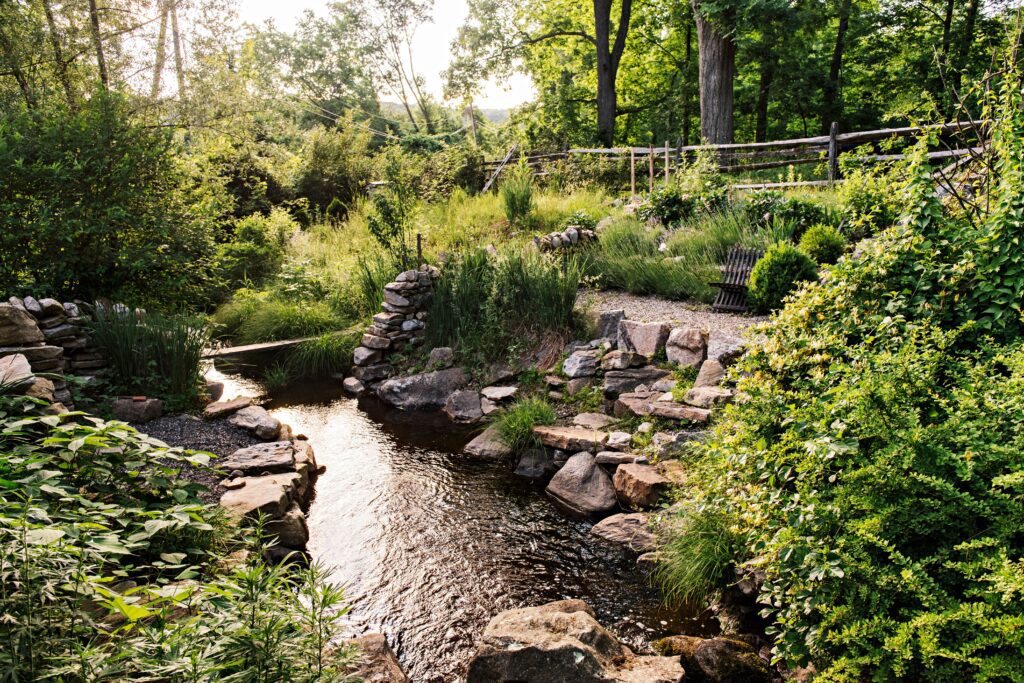Effective Strategies for Managing Algae in Garden Ponds
Garden ponds introduce an exciting ecosystem to your yard, fostering biodiversity through various aquatic plants and wildlife. However, an imbalanced environment or excessive sunlight can lead to troublesome algae growth. While some algae can be harmless, managing their presence is often essential for aesthetic and ecological reasons. This article outlines expert-recommended strategies to effectively control algae in garden ponds.
Understanding Types of Algae
Algae refer to a wide array of photosynthetic organisms that do not possess vascular tissue. According to Eugene Braig, program director for aquatic ecosystems at Ohio State University Extension, algae can manifest in various forms, including:
- Planktonic algae, which float in water.
- Filamentous algae, which attach to surfaces.
- Diatoms, characterized by silica cell walls.
Among the most common nuisances for pond owners are green water and string algae, often valued for their aesthetic but problematic when they multiply excessively.
Manual Removal Techniques
For smaller ponds, one of the simplest methods of algae management is manual removal. Utilizing a fine net or pool skimmer, individuals can effectively eliminate visible algae. As Braig notes, “With smaller ponds, it is manageable to hand-pick filamentous algae.”
Utilizing Specialized Rakes
In larger ponds, specialized rakes can streamline algae removal. These rakes are designed to glide through the water, capturing algae without disturbing the pond’s substrate too much. Caution is advised while using these tools as they can unintentionally uproot beneficial aquatic plants. “Once algae is removed, proper disposal is crucial to prevent regrowth,” Braig emphasizes.
Limiting Sun Exposure
Another natural approach to combating algae is minimizing the amount of sunlight they receive. Algae thrive under sunlight, similar to terrestrial plants. Cathy Green, owner of Grassland Aquatics, suggests incorporating shade-providing plants, such as water lilies, to inhibit photosynthesis and thereby control algae growth.
Installing Effective Filtration Systems
Proactive measures are more effective than reactive approaches. A well-sized filtration system plays a critical role in algae management. As Green explains, “Choosing a filter that suits the pond size minimizes maintenance frequency, ideally requiring weekly upkeep.” Proper filtration can significantly reduce algae levels before they become invasive.
Encouraging Beneficial Plants
Enhancing plant diversity in and around the pond can help suppress algae growth. Algae require similar nutrient, light, and temperature conditions as other plants, which means fostering a balanced ecosystem can significantly deter excessive algae proliferation. Braig supports using native aquatic plants, stating, “These can create beneficial competition for resources, indirectly helping to limit algae abundance.”
Avoiding Nutrient Overload
Excess nutrients are a catalyst for accelerated algae growth. Sources of nutrients can include over-fertilizing nearby gardens or accumulating waste from fish. Braig advises that managing the watershed surrounding the pond is crucial in minimizing nutrient runoff that could exacerbate algae issues.
Utilizing Copper for Algae Control
Copper-based algaecides can be effective in managing algae, often more cost-effective than alternatives. However, caution is necessary; copper can accumulate in sediments and potentially harm pond ecosystems over time. “Understand your water hardness before using copper, as it can be detrimental to sensitive fish species,” Braig cautions.
Accepting Minimal Algae Presence
Acknowledging that a certain level of algae can exist without harming the pond ecosystem is essential. Green notes, “While algae can be unsightly, they generally don’t pose a threat to plants and fish.” A small presence of algae can be part of a balanced aquatic environment.
Conclusion
Managing algae in garden ponds involves a blend of removal techniques, preventive measures, and fostering a healthier aquatic environment. By understanding different algae types and implementing strategic controls, pond owners can maintain both the aesthetic and ecological health of their water feature. For a flourishing garden pond, balancing algae while embracing the ecosystem is key.


